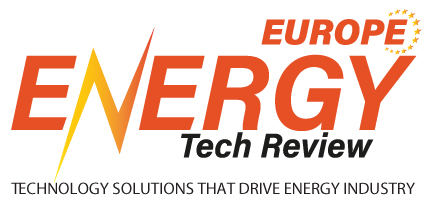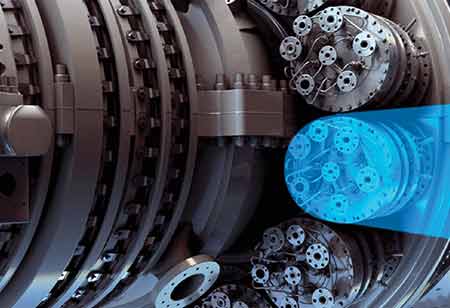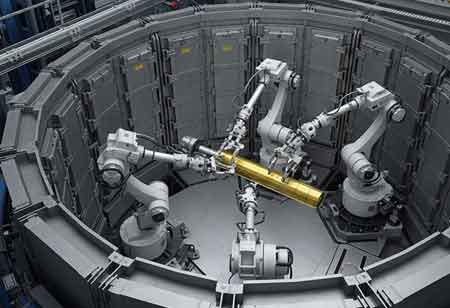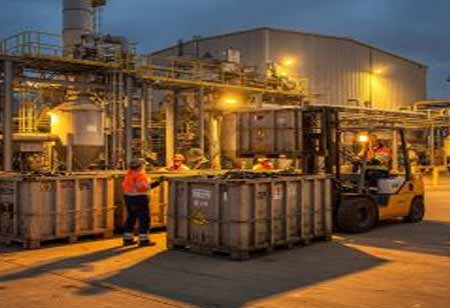CLOSE
Specials
I agree We use cookies on this website to enhance your user experience. By clicking any link on this page you are giving your consent for us to set cookies. More info
Be first to read the latest tech news, Industry Leader's Insights, and CIO interviews of medium and large enterprises exclusively from Energy Tech Review
Thank you for Subscribing
Hydrogen Fuel Cells and the New Energy Order in Europe
Europe is rapidly advancing its hydrogen economy, driven by ambitious decarbonization goals, significant investments, and supportive policies, positioning it for growth in the fuel cell sector.
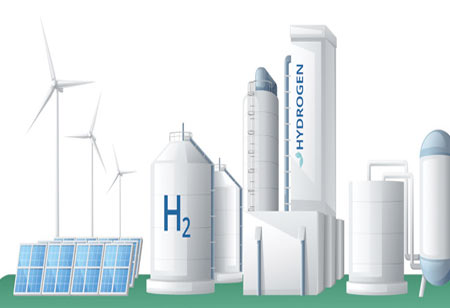
By
Energy Tech Review | Monday, September 29, 2025
Stay ahead of the industry with exclusive feature stories on the top companies, expert insights and the latest news delivered straight to your inbox. Subscribe today.
Fremont, CA: The hydrogen economy is no longer a distant vision; it's a rapidly developing reality, and Europe is at the forefront of this transformation. As the continent doubles down on decarbonization goals, the hydrogen fuel cell sector is attracting significant investment, leading to a wave of initial public offerings (IPOs) and a new focus for analysts and investors.
The Driving Force: European Policy and Ambition
Europe’s hydrogen sector is experiencing a significant investment boom, driven primarily by strong and coordinated policy support at the EU level. The European Union has set ambitious targets to produce 10 million tonnes of renewable hydrogen and import an additional 10 million tonnes by 2030, underscoring the role of hydrogen in the region’s decarbonisation strategy. Central to this effort is the REPowerEU Strategy, which aims to reduce dependence on fossil fuels and accelerate the green transition, with hydrogen serving as a cornerstone. Complementing this, the Hydrogen and Decarbonised Gas Market Package aims to establish dedicated infrastructure and an efficient market framework for hydrogen deployment. The EU has also approved several Important Projects of Common European Interest (IPCEIs), including Hy2Tech, Hy2Use, and Hy2Infra. These initiatives channel billions of euros in public funding into the hydrogen value chain, leveraging private investment to support production, storage, and end-user applications across various sectors, including mobility and industry.
Investment Trends and What Analysts Are Watching
Analysts observing the European hydrogen market note that investment activity is expanding well beyond IPO dynamics, shaping the sector’s trajectory. A significant trend is the transition from “grey” to “green” hydrogen, as policy support and market incentives drive companies to innovate in electrolysis technologies powered by renewable energy. Project pipelines and government funding allocations are being closely tracked to identify which players are securing the most substantial green hydrogen contracts. Another area of focus lies in “hard-to-abate” industries, including heavy transport, steel, cement, and chemical manufacturing, where hydrogen offers decarbonization solutions that electrification alone cannot deliver. Companies developing fuel cell technologies or enabling hydrogen infrastructure for these sectors are attracting significant investor attention, particularly those with strong partnerships and demonstrable pilot projects. Beyond applications, analysts are scrutinising the entire hydrogen value chain—from electrolyser manufacturing and storage solutions to pipelines and refuelling infrastructure—with firms such as Hexagon Purus in storage and OPmobility in integrated systems emerging as pivotal contributors. Finally, the role of public-private collaboration remains central, with multi-billion-euro Important Projects of Common European Interest (IPCEIs) underscoring governmental commitment. The participation of private companies in these initiatives is viewed as a strong indicator of scalability and long-term business potential within the hydrogen ecosystem.
The European hydrogen fuel cell market is projected to grow substantially over the next decade. As the continent continues to push for a carbon-neutral future, well-positioned companies with robust technology and strong government backing are likely to thrive.
For investors, the key is to look beyond the hype and focus on companies with a clear pathway to profitability, strong partnerships, and a strategic position within the burgeoning European hydrogen value chain. The coming years will be crucial in determining which players emerge as leaders in this new energy landscape.

Copyright © 2025 Energy Tech Review. All rights reserved
